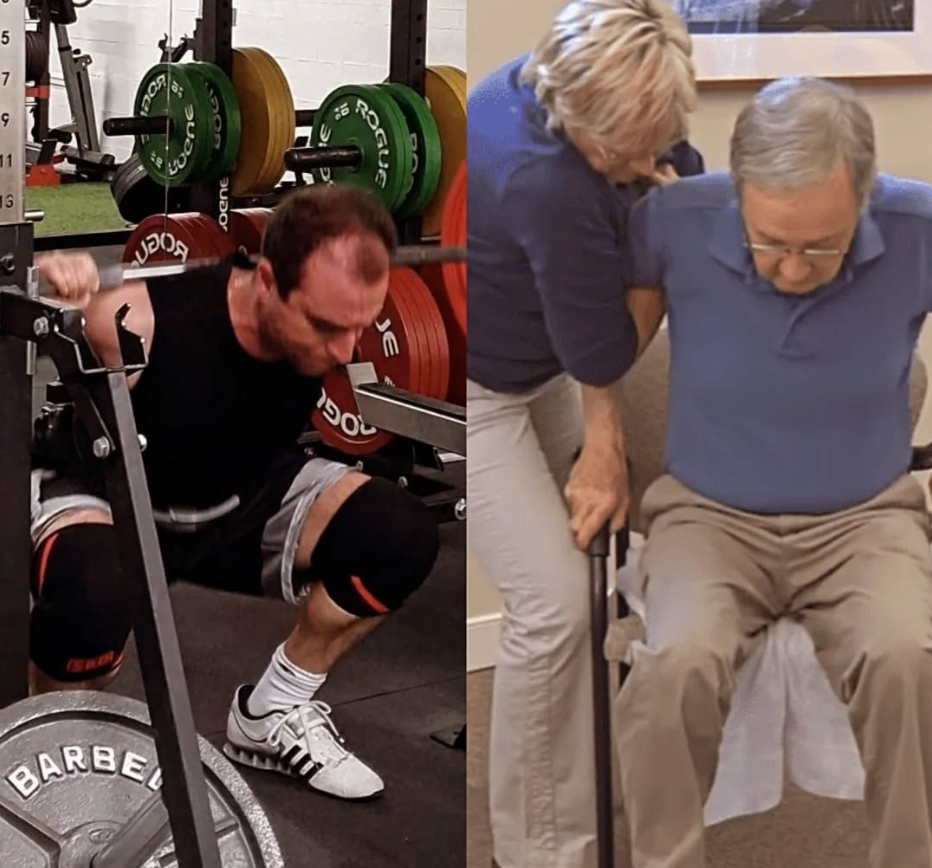How Low Should You Squat? (And Why It Matters!)
- Stephen Strumos

- Mar 6, 2020
- 2 min read
Updated: Apr 6, 2020
Squats are excellent as both an exercise and a diagnostic test. Movement compensations during a squat can tell you a lot about a person’s weaknesses and strengths.

But in terms of how to perform them correctly, we run into the question of depth. As in, how low should you squat?
The original gold standard is to go low enough to the point where your thighs reach parallel to the floor.
(And for people like me who compete in squatting, your squat doesn’t count unless you reach this depth at the very least).

But does that mean that everyone who squats needs to reach parallel? The short answer is no.
In a squat, you’re meant to sit back as if you’re aiming for a chair. During the movement, you need to keep your spine neutral and your hips in a consistent position.
Common faults include your knees caving in, your torso falling forward, and your hips tucking under in what we call “butt wink”.

If these or any other compensations happen, one of two things is occurring:
1. You lack the motor control to get yourself in good positions
2. You lack the physical capabilities to get into good positions

So what does this have to do with depth? Well, it matters WHERE these compensations are happening.
For most people, this point where things break down is your depth limitation. And this is exactly how far you should squat.
In other words, you should only go as far down as you can keep your joints in good positions without compensation. For some people that will be above parallel. And for others, it will be at or below.
The point is that you don’t want to default into a bad position just to say you hit your squat “ass-to-grass”. You risk injury and embedding faulty movement patterns.
In saying that, I still try to get most of my clients to the point where their mobility allows them to squat to parallel.
Seeing what compensations happen at depth allows you to then correct those areas which will allow you to increase your range of motion. (Thereby improving your mobility, decreasing your risk for injury, and increasing the training effect).
So in the end, you want to squat to your capabilities, but you always want to push your own range in order to get stronger. If you have trouble telling how far you go down now, use a box or any other target as a baseline and slowly work on squatting lower over time.
To your good health,

Getting started can be a tough thing to do, and the main reason is that people don’t know where to start.
That’s where I come in.
Regardless of whether you live in the GTA and can do in-person coaching with me or you live anywhere else in the world and can do online coaching, I can put a plan in place to help you get to where you need to be.
For more information, check out my coaching options or what my clients have to say.
.png)



Comments